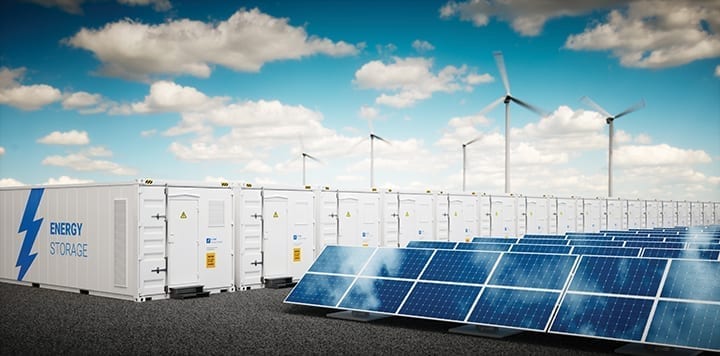Solving the Intermittency Problem with Battery Storage

The perfect storm of crises and policy directives have converged to create the energy storage moment. Between the drive to reduce carbon output to “net zero” over the coming decades and the commodity crisis created by the conflict in Ukraine (including its impact on the supply and price of oil and natural gas), the pressure to deploy renewable resources has never been greater.
The term “renewable resources” could include wood or falling water, but policymakers tend to equate “renewable” with wind or solar generation. While wind and solar both produce electricity without carbon emissions and with zero fuel cost, standing alone, they are considered intermittent resources. Put simply, when the wind is not blowing or the sun is not shining, these resources do not produce electricity.
The Challenge of Intermittent Resources
The bulk power system, which powers our nation and enables modern civilization, relies on a continuous current, or uninterrupted flow of electrons, to quite literally “keep the lights on.” For decades, this problem was met through the use of baseload resources such as coal, nuclear, or natural gas, which runs continuously for long periods of time, generating a constant flow of electrons.…